Buffalo soldiers are often confused with the African-American soldiers who fought during the Civil War.
Although over 180,000 black soldiers fought in black regiments during the war, the term “Buffalo soldiers” only refers to the black regiments established after the war had ended.
In 1866, Congress authorized six regiments of black soldiers, each staffed by 1,000 soldiers. The majority of these recruits had already served in black regiments during the Civil War or were freed slaves.
These regiments consisted of four infantry regiments and two cavalry regiments. These regiment’s initial duties were to help rebuild the country after the Civil War and patrol the western frontier. Troop reductions in 1869 reduced the number of infantry regiments to two.
The nickname was originally given specifically to black cavalry soldiers on the Great Plains but was eventually given to all of the black regiment soldiers at the time.
The nickname Buffalo soldiers was given to the soldiers by Native Americans who thought the soldier’s hair resembled that of a buffalo’s mane.
It is also believed that the nickname came from the fact that the soldiers often wore long coats made of buffalo skins during harsh winters on the Plains. The soldiers saw the buffalo as a brave and fierce animal, so they accepted the nickname.
Buffalo soldiers were paid $13 a month, which was less than white soldiers were paid, but more than most black citizens earned each month in civilian jobs.
The soldier’s duties in the west involved protecting settlers, building forts and roads and mapping the western landscape as the country developed further west.
The soldiers were often illiterate. Part of the duties of each regiment’s chaplain was to teach the soldiers to read and write and give them a basic education.
Between the years 1866 and 1869, the four infantry regiments served in the west, while the 10th cavalry unit was stationed in Kansas and the 9th cavalry in Texas.
In 1867, the 10th cavalry was sent to the Indian territory, in what is now modern day Oklahoma, to keep the peace in the area and to protect the Five Civilized Tribes.
These were five tribes, Cherokee, Chickasaw, Creek, Seminole and Choctaw, considered civilized by settlers because they easily adopted the settler’s new ways.
Part of the soldier’s duties in the Indian territory included watching over the Native Americans on the reservation, maintaining law and removing “boomers” from the two million acres of unassigned land within the territory.
Boomers were illegal trespassers who tried to colonize the unassigned Indian land. These boomers were often a mix of white settlers and Native Americans without tribal land but many black settlers also tried to colonize the area, which made it equally difficult for the Buffalo soldiers to turn them away.
In 1870, after the infantry regiments were reduced to two, known as the 24th and 25th regiments, they were transferred to Texas where they protected settlers and maintained law and order for 10 years.
The 24th regiment was then transferred to the Indian territory and also to the Texas panhandle where they stayed until they were sent to Arizona in 1888.
The 9th cavalry then transferred from Texas to New Mexico where they fought Native Americans in the Apache war from 1875 to 1881.
In 1881 the army sent the 9th cavalry to Indian territory to control the thousands of boomers still trying to colonize the area.
After serving in Oklahoma, the 10th cavalry regiment spent many years in Texas in the early 1880s but occasionally helped control boomers in the Indian territory until the regiment was transferred to Arizona in the late 1800s.
The Buffalo soldiers regiments were also some of the first troops to fight in the Spanish American War in Cuba after an American battleship exploded in Havana Harbor in February of 1898.
The soldiers helped Theodore Roosevelt’s volunteer army, the “Rough Riders,” to storm San Juan Hill and continued to fight during the entire seven month war.
The soldiers went on to fight in the Philippines at the turn of the century and WWI but only one of the many black units in the army actually saw combat during WWI because many soldiers were assigned to supportive duties in supply units.
Many Buffalo soldiers did see combat in WWII, though, as well as in the Korean war before the army desegregated its troops in the 1950s and black soldiers were allowed to join white units.
Sources:
National Park Service: Buffalo Soldiers: www.nps.gov/goga/planyourvisit/upload/sb-buffalo-2008.pdf
Oklahoma Historical Society: Buffalo Soldiers: digital.library.okstate.edu/encyclopedia/entries/B/BU005.html
Buffalo Soldiers: Forgotten American History Page: www.buffalosoldiers-lawtonftsill.org/history.htm

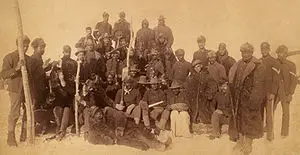
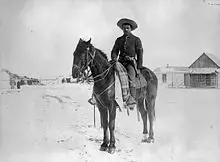
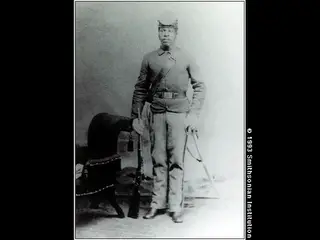
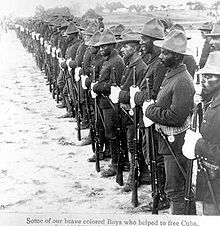
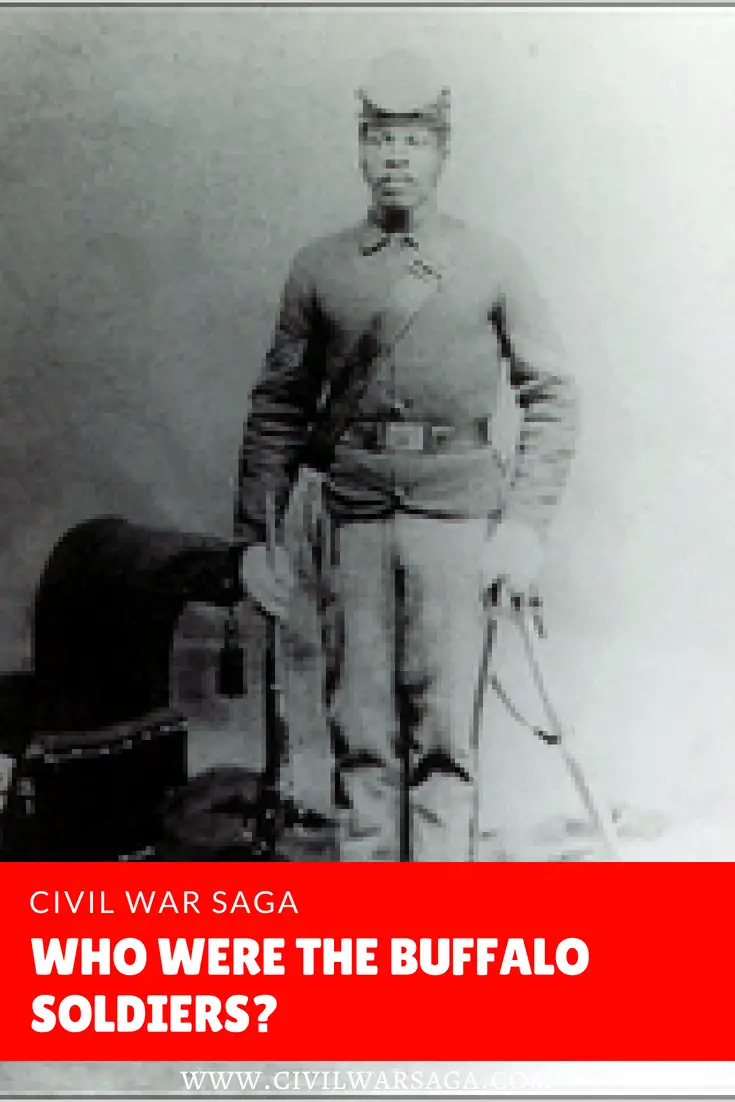
I BELIEVE THAT THE BUFFALO SOLDIERS WERE SOME OF THE BRAVEST OF THE BRAVE..THESE MEN HAD TO DEAL WITH PREJUDICE AS WELL AS SEGREGATION AND DO BATTLE WITH HOSTILE FORCES. IF NOT FOR PREIDENT TRUMAN WE WOULD PROBABLY STILL A SEGREGATED MILITARY. GOD BLESS THE RELATIVES OF THESE BRAVE AND SPECIAL WARRIORS’
VERY BRAVE MEN’
They also captured Geronimo, so it should be stated as such!!!